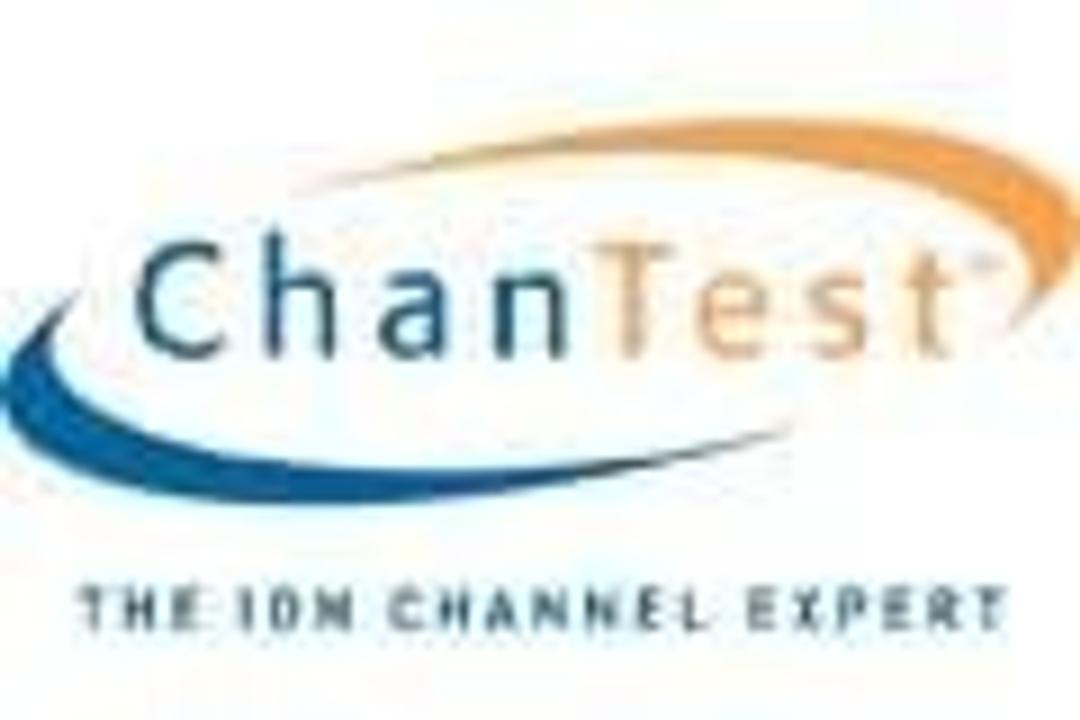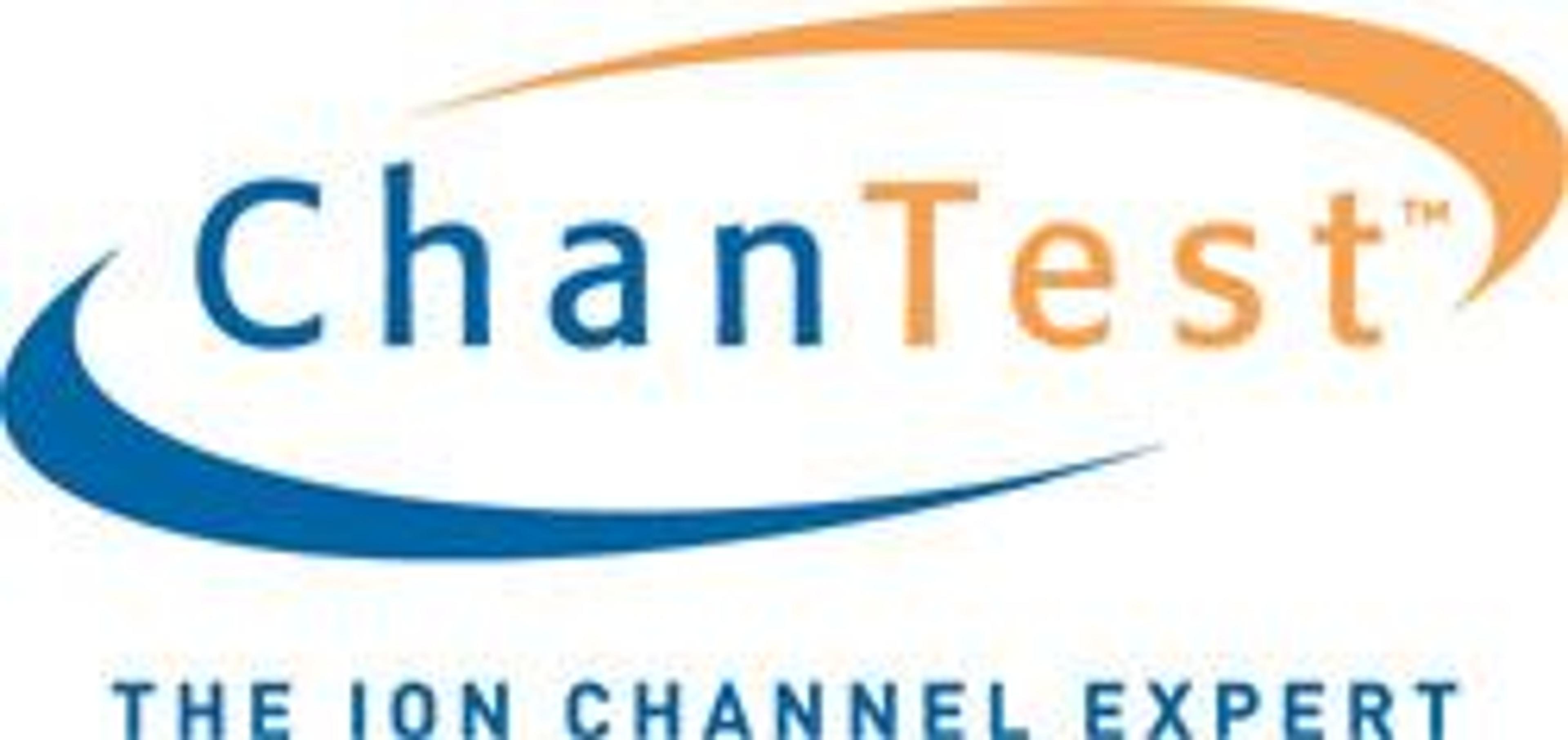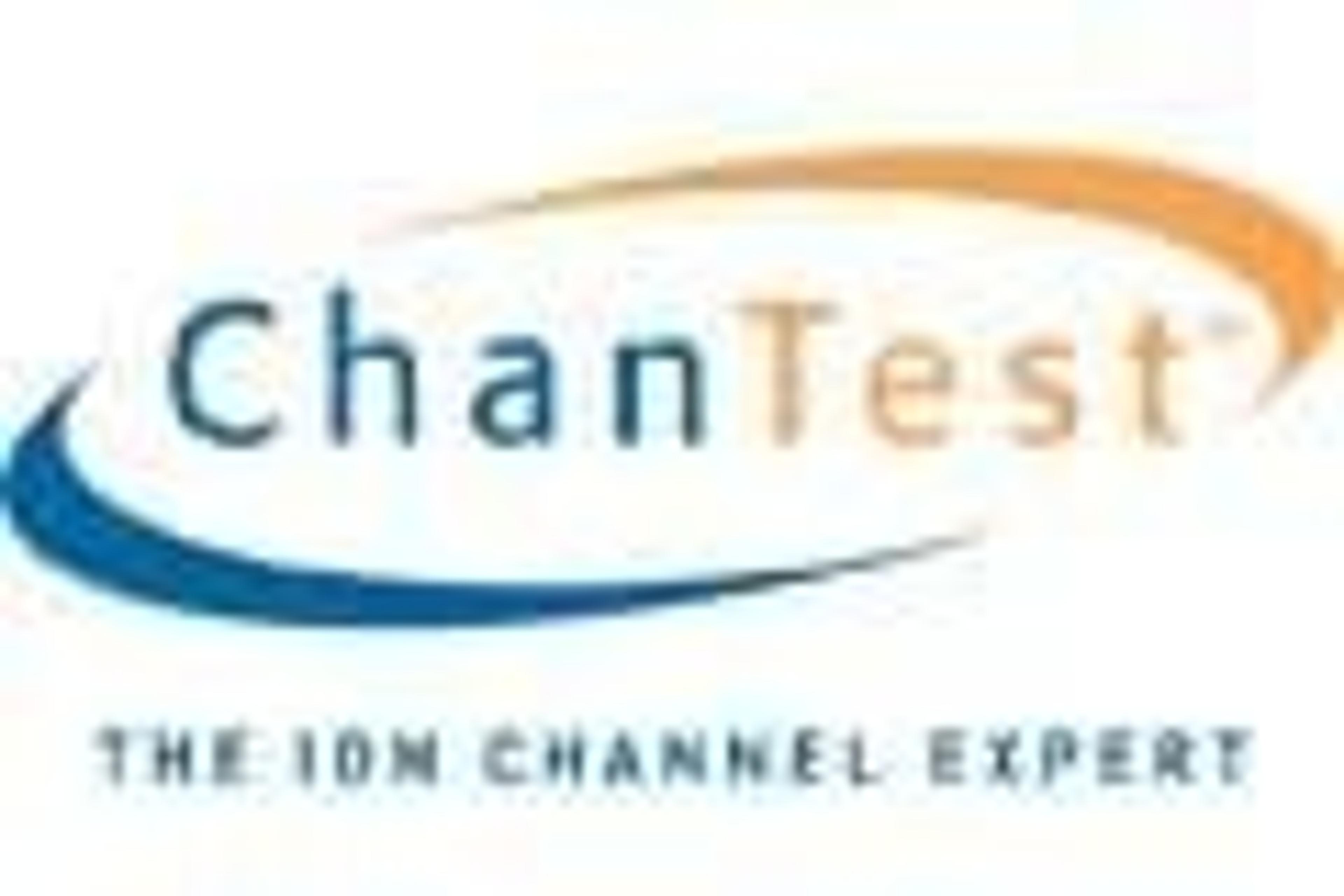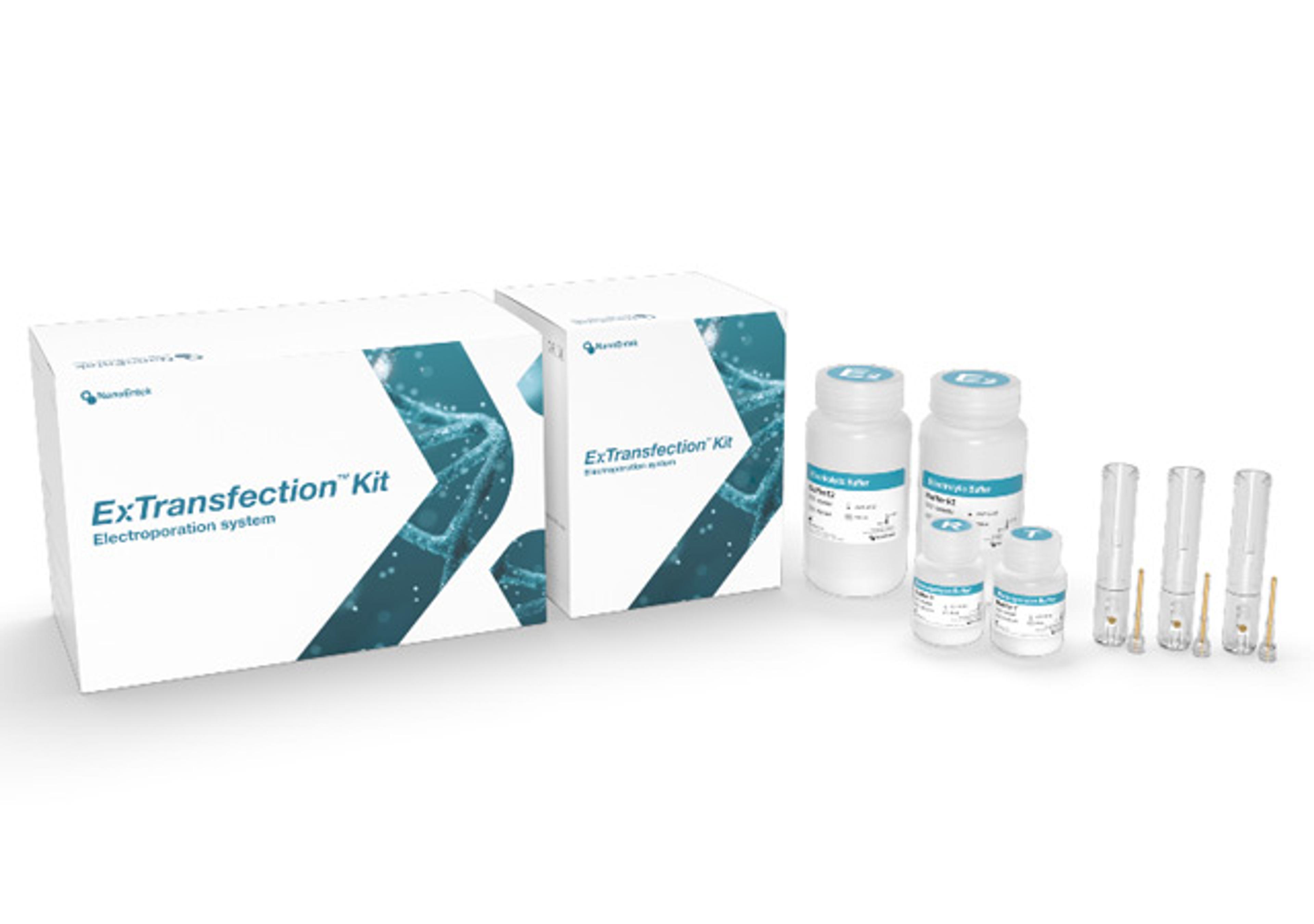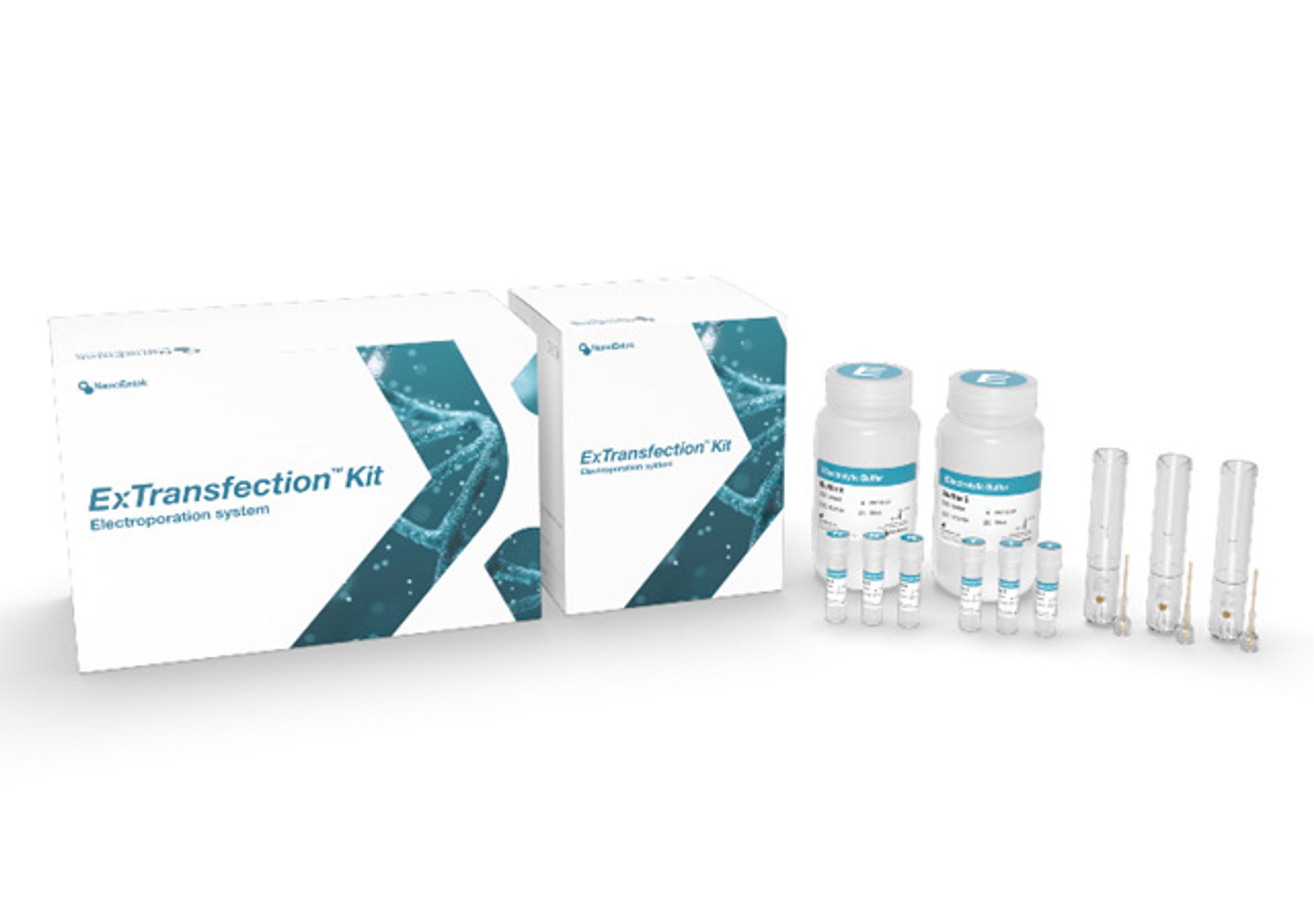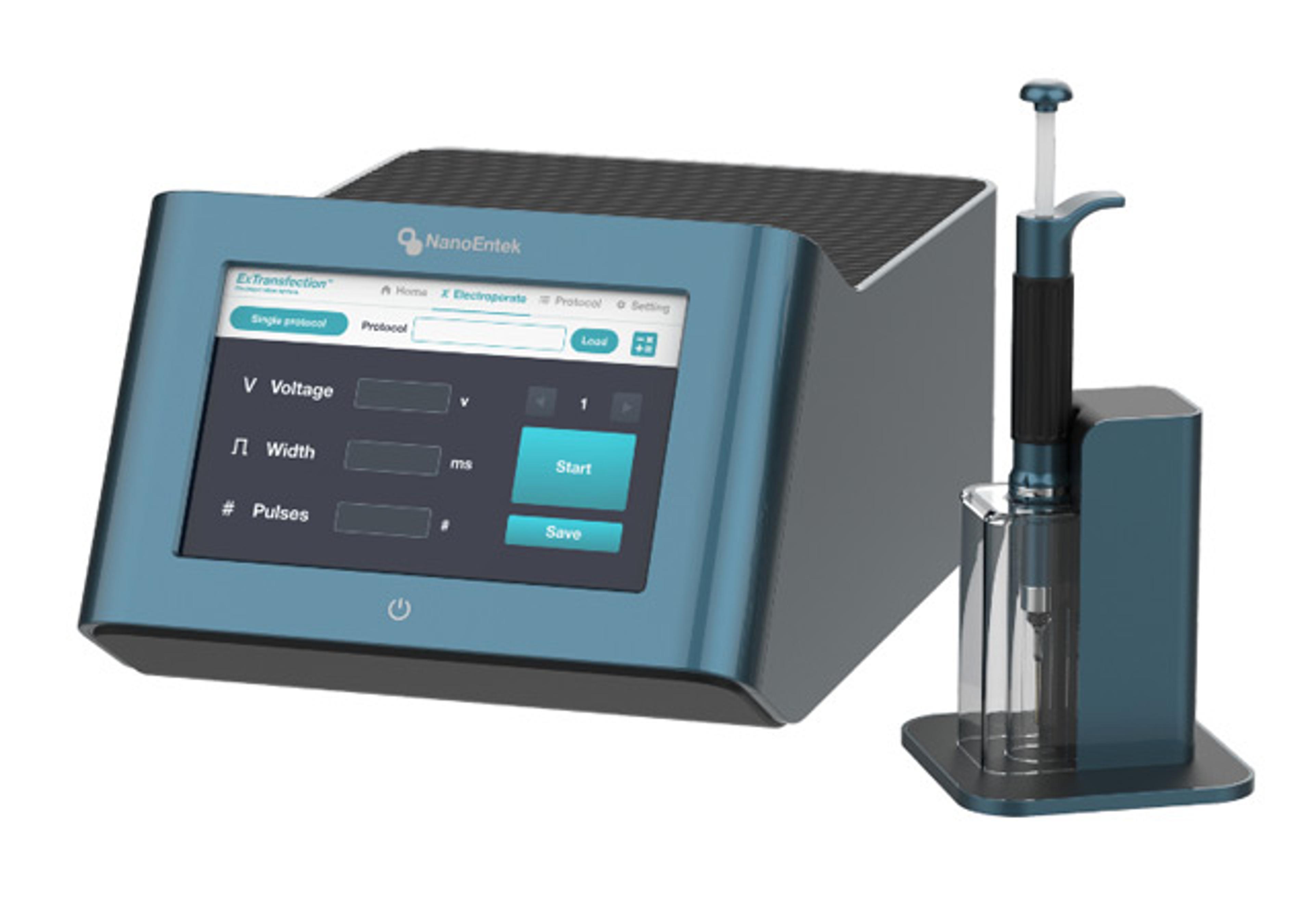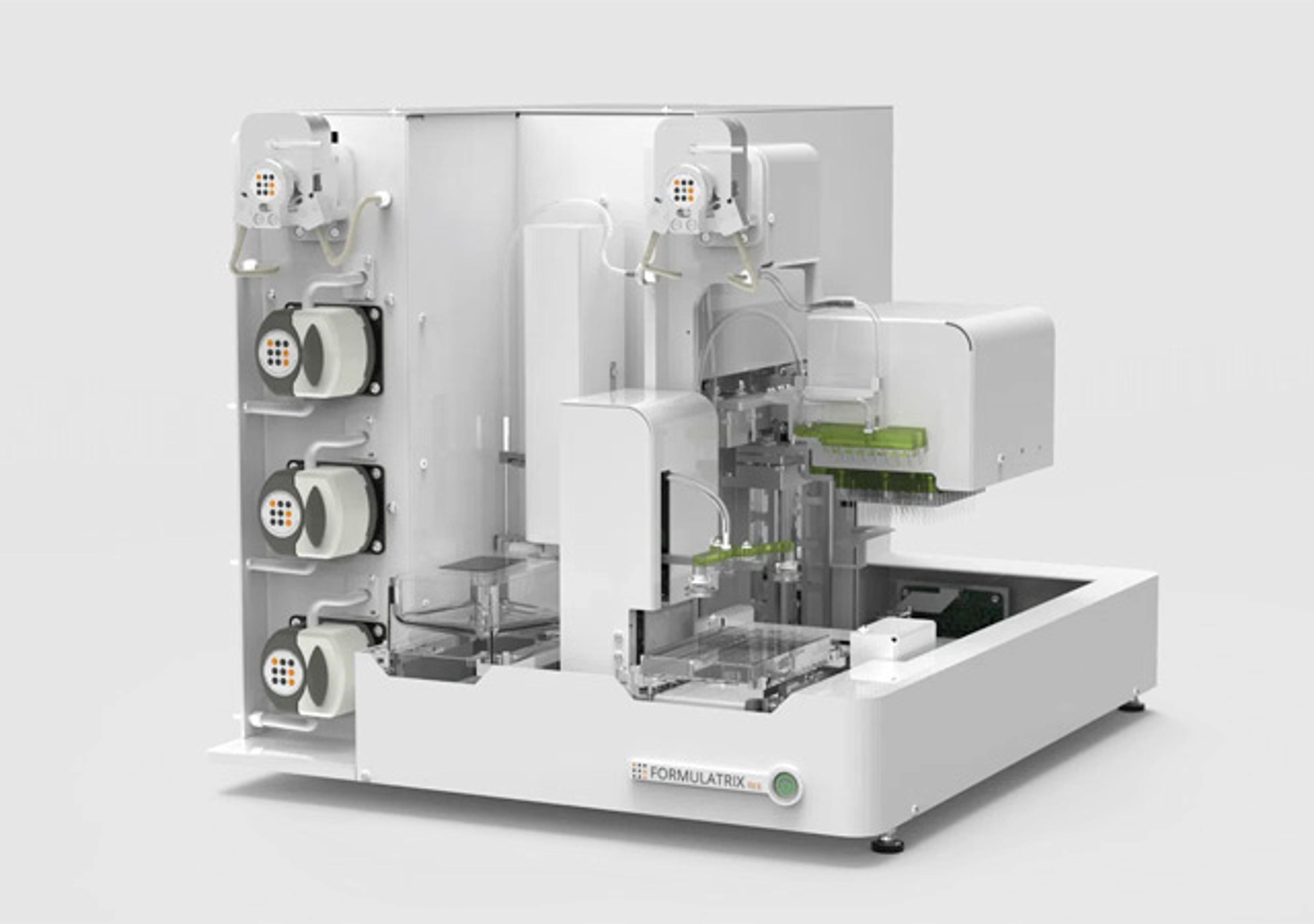Human KvLQT1/minK Potassium Channel EZCells™
The human KCNQ1 gene encodes the pore-forming subunit of a voltage-gated potassium channel. Co-expression with minK, an auxiliary subunit, recapitulates native function in heterologous expression (CHO cells). KvLQT1/minK channels expressed in the heart are safety targets in congenital and acquired long QT syndromes. Synonyms: Kv7.1/minK Host cell: CHO-K1, division-arrested Gene name: KCNQ1/KCNE1 Mycoplasma status: Negative (M…
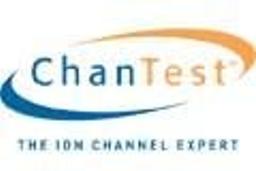
The supplier does not provide quotations for this product through SelectScience. You can search for similar products in our Product Directory.
The human KCNQ1 gene encodes the pore-forming subunit of a voltage-gated potassium channel. Co-expression with minK, an auxiliary subunit, recapitulates native function in heterologous expression (CHO cells). KvLQT1/minK channels expressed in the heart are safety targets in congenital and acquired long QT syndromes.
Synonyms: Kv7.1/minK
Host cell: CHO-K1, division-arrested
Gene name: KCNQ1/KCNE1
Mycoplasma status: Negative (MycoAlert Kit)
Packaging: Three vials of Cryopreserved irradiated cells, 2x106 cells/vial (6x106 cells
total)
Growth media: Ham’s F12; 10% FBS
Growth characteristics: cells remain viable 1–2 days post-thaw
Storage recommendation: frozen under liquid nitrogen
Functional expression: median K+ current amplitude = 2.2 nA
Recommended assay: manual or automated patch clamp

